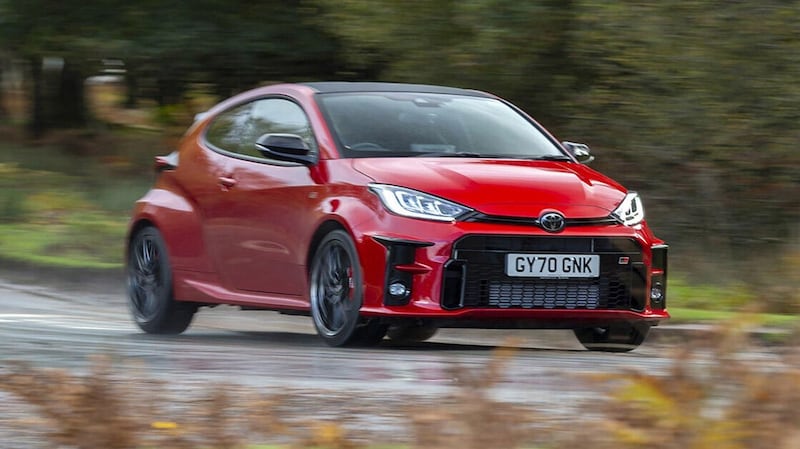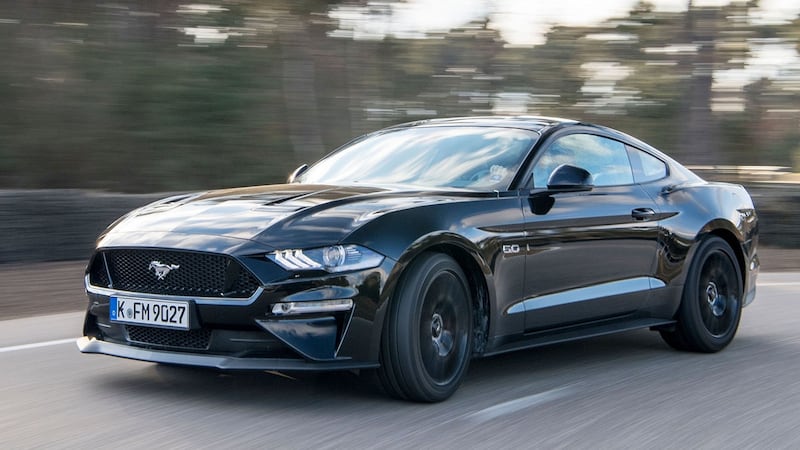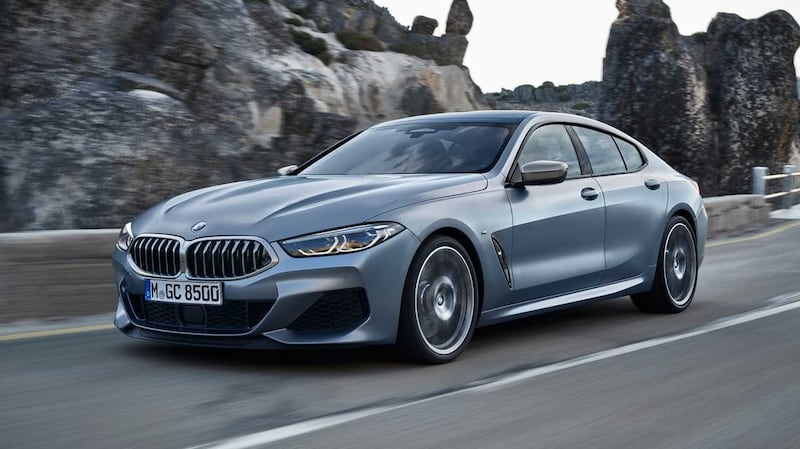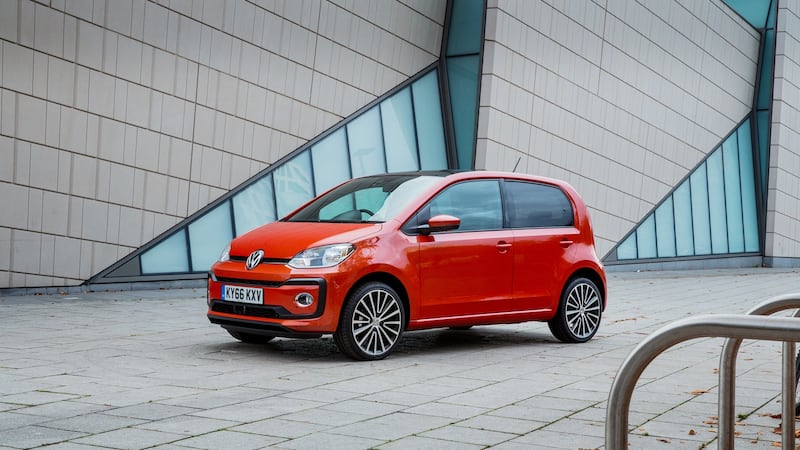Ford, Land Rover, and Jaguar are the latest car makers to announce that in the next few years they will be going all-electric. These are not announcements replete with shock value – Ireland is not the only country planning a ban on the sale of new combustion engine sales by 2030, so realistically, everyone is going to have to go more or less all-electric pretty soon if they want to keep selling cars.
All of which means that our century-and-a-bit affair with the petrol and diesel engine is coming to an end. It’s been a wild ride – arguably with more downs than ups – but one which has unarguably produced some remarkable examples of the engineer’s art. So, before either the ban or your environmental conscience stops you doing so, here are some of the best engines to own and experience before you can’t.
1.Toyota GR Yaris 1.6 turbo

The little pocket-rocket GR Yaris has revived the whole concept of the rally homologation special. The rules that ensure that rally cars are based on road cars has given us such tarmac titans as the Ford Escort RS2000, the Lancia Delta Integrale, and the Subaru Impreza Turbo. We'd thought that this was a defunct breed, but we hadn't reckoned on car-mad Toyota boss Akio Toyoda, who signed off on the GR Yaris, which in every sense is basically a rally car with numberplates. And it has a gem of an engine – a dinky 1.6-litre three-cylinder unit, which somehow pumps out 261hp and 360Nm of torque, and sounds like an old Porsche flat-six when you rev it hard.
2. Ford Mustang 5.0-litre ‘Coyote’ V8

The big V8 engine in the Mustang has been in production in one form or another since the early nineties. More than that, it's at the end of a long line of evolution of Ford V8s that stretches right back to the flat-head engines of the 1920s. So strong and rapid were these original Ford V8s that bank robber Clyde Barrow actually wrote to Henry Ford to thank him for making the perfect getaway engine…You might assume, then, that the big bent-eight is rather, shall we say, old-fashioned. It's not, though – Ford has given it direct fuel injection, and even "Plasma Wire Arc Transfer" technology to line the cylinders. It does feel old-fashioned to drive though, with that evocative car-chase soundtrack, and lots of torque. Best experienced with a manual gearbox.
3. BMW 40i straight-six

BMW’s reputation for building six-cylinder inline engines has always been a cornerstone of its appeal. Engineers reckon that a straight-six is the best engine layout when it comes to refinement – there is something about the inherent mechanical balance of the layout that makes for smoother running. Of course, it’s not all about refinement, there’s also that sweet, crisp sound of a straight-six approaching its redline, not to mention the fact that this BMW unit in particular, the 340hp 40i unit, strikes a remarkable balance between weight, size, power, and economy. It’s arguably at its peak in the gorgeous 8 Series Gran Coupe, but you can find this same engine doing service in a more affordable 3 Series or 5 Series.
4. Volkswagen 1.0 TSI

You’ll find this little three-cylinder engine in pretty much every small-to-medium Volkswagen Group vehicle, from the Skoda Fabia right the way through to the Audi A3. It’s not a high-performance unit by any means – mostly it turns out between 95hp and 115hp – but that’s actually the point. The 1.0 TSI is emblematic of what VW does best: making affordable, sensible motoring that has just a little sprinkling of engineering magic. Thanks to being a three-cylinder, it sounds aurally more enticing than the flat, bland sound of a four-cylinder, and in spite of its diminutive dimensions, it’s got plenty enough poke for most driving circumstances. It’s also frugal, and thus far at any rate appears to be reliable and long-lived. It won’t power a racing car, nor feature on a teenage boy’s bedroom poster, but it is a slice of ordinary motoring that plays above its station, just a little.
5. Porsche flat-six
If you're going to have a last and final go with internal combustion, you may as well make it a true classic. Porsche's flat-six, which comes in flavours as diverse as a turbocharged 3.0-litre with 385hp, via a 4.0-litre naturally-aspirated version with 503hp, all the way to the mighty twin-turbo 572hp version, has been wowing us on road and track since the sixties. What started as a small (just 2.0-litres originally) air-cooled engine has now doubled in capacity, and gained water cooling along the way. For all those changes, the way it gnashes and thrashes as you approach the redline still sounds mostly the same to your ears, and there's no more evocative sound in motor sports than a flat-six powering along the Mulsanne Straight at Le Mans.
Actually, it's Porsche that – just maybe – has the key to keeping internal combustion engines alive beyond 2030. The company has inaugurated a new venture with German engineering giant Siemens. In a plant based in South America, the two companies are hoping to extract carbon dioxide from the atmosphere, and combine it with hydrogen extracted from water. Mix the two together and you get a hydrocarbon which can be converted into a petrol-like liquid fuel. A liquid fuel which, according to Porsche boss Frank Walliser, is as environmentally-friendly in a well-to-wheel sense as an electric car.
“The general idea behind these synthetic fuels is that there is no change to the engine necessary, unlike what we have seen with biofuels, so really, everybody can use it, and we are testing with the regular specs of pump fuel,” Walliser said at a press event. “It has no impact on performance – some horses more, so it’s going in the right direction – but emissions are way better; we see less particles, less NOX – so that’s going in the right direction. At full scale, we expect a reduction in the CO2 impact of around 85 per cent. If you consider well-to-wheel, where we have to transport fuel, we have a global supply chain, everything around that – you have efficiency across the whole process. In a well-to-wheel consideration, it is on the same level as an electric car.”
While critics of such synthetic fuel concepts say that the process of making them requires a huge input of energy at the front-end, and that they are going to be very expensive on a per-litre basis, the likelihood is that Porsche (and Siemens, and others) are looking at more than just in-car use. Aircraft are already starting the switch to bio- and synthetic-fuels, and if Porsche and Siemens’ process can be scaled up to produce industrial quantities, then there could be enough demand and enough investment to be able to iron out both the energy input problem, and bring down the potential price at the pump. Maybe we should just fold up that eulogy to the petrol engine, and put it in a drawer for a little while longer?











